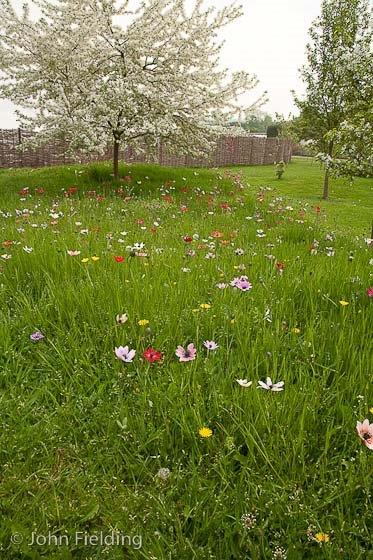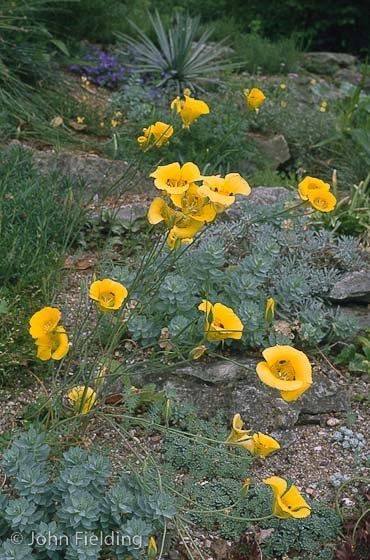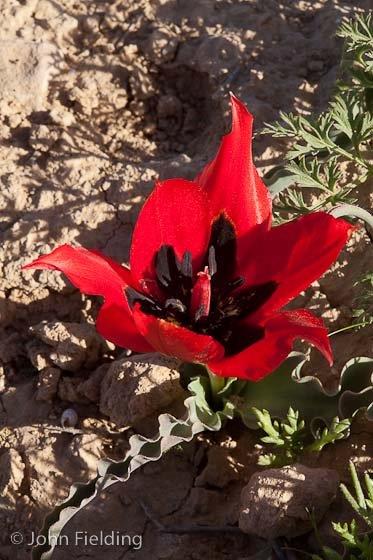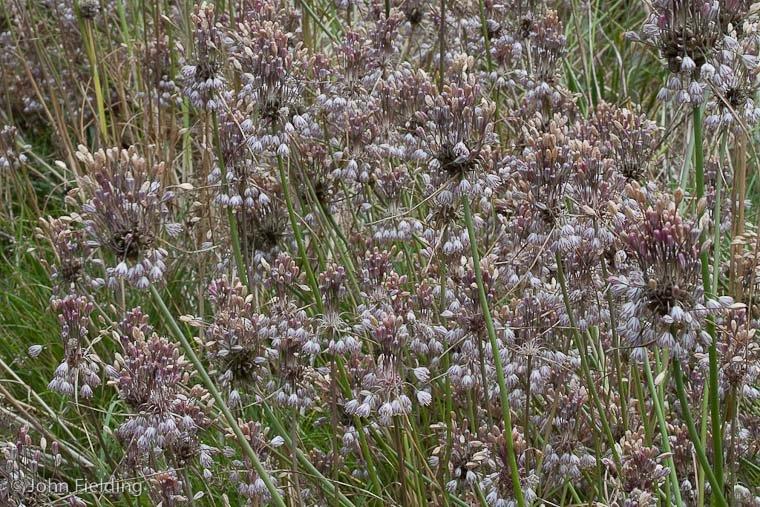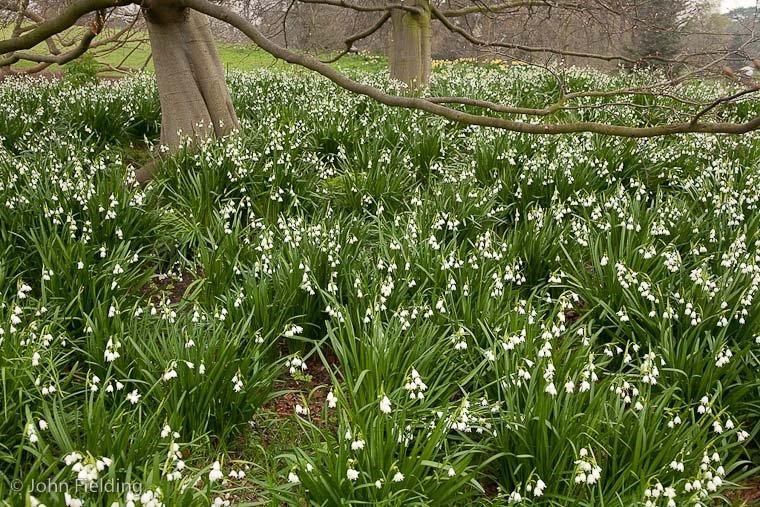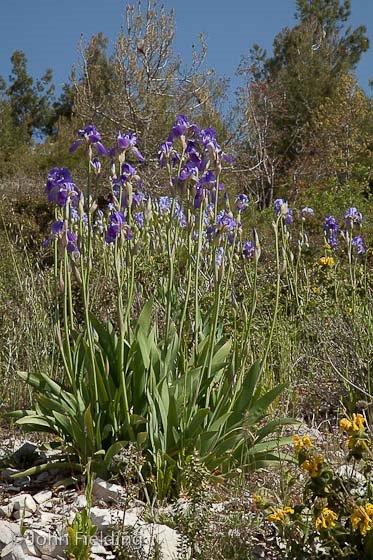January / janvier 2014
A talk on Mediterranean geophytes by John Fielding
Click on the images to enlarge them / Cliquez sur les images pour les agrandir
On 9th January, 47 members and friends met at Le Tracteur Restaurant in Argilliers for a talk by John Fielding on Mediterranean geophytes. After John’s talk we sat down to an excellent lunch at the restaurant. The talk was in English with Chantal Guiraud providing a perfect translation into French.
John is an expert on Mediterranean geophytes and made his selection based on what he felt would grow well in the Languedoc and Provence areas of France. There were wonderful colour photos of each plant that had been selected. Christine disclosed that John had found it impossible to choose just 100 photographs to show, so we were treated to 140.
The geophytes selected were predominately from the countries around the Mediterranean Sea. As a London gardener, John noted that annual rainfall there was similar to that in Mediterranean France, with the main difference being the hotter dryer summers further south. He said that many geophytes that thrive in London could also do well in France and suggested that we give some a try.
John advised that in France, for most geophytes, we should plant deeply to provide added protection from the hot summer sun.
Many of the plants illustrated were growing in their natural environment in the wild, but he also showed cultivated geophytes and a wonderful display of cyclamen with stunning leaf patterns in his own greenhouse.
John emphasised the importance of researching the provenance of seeds and bulbs and trying to find those from a climate similar to our own.
He suggested a number of geophytes which would look beautiful in a meadow situation or under olive trees, for example, alliums, Muscari armeniacum, Tulipa argenensis, Iris tuberosa, Anemone coronaria and Leucojum aestivum.
The plants we saw covered geophytes of many different habitats, a huge variety of sizes, colours and scents and included both spring and autumn flowering varieties.
Some of my favourites were the tiny Acis autumnalis and Colchicum pusillum, the very large Iris purpureobracteata and the wonderfully scented Cyclamen confusum.
John was asked if geophytes reproduced from seed would come true. He suggested that the best way to attempt this, particularly with cyclamens, was to protect the flowers from bees and to pollinate oneself using a small paint brush or simply a finger.
This was a wonderful informative and inspirational talk illustrated with the most beautiful photography.
A full list of the plants shown, with photographs and notes, is available in the Plants section.
Text: Julia Bradley
Photographs: John Fielding and Oron Peri
![]()

